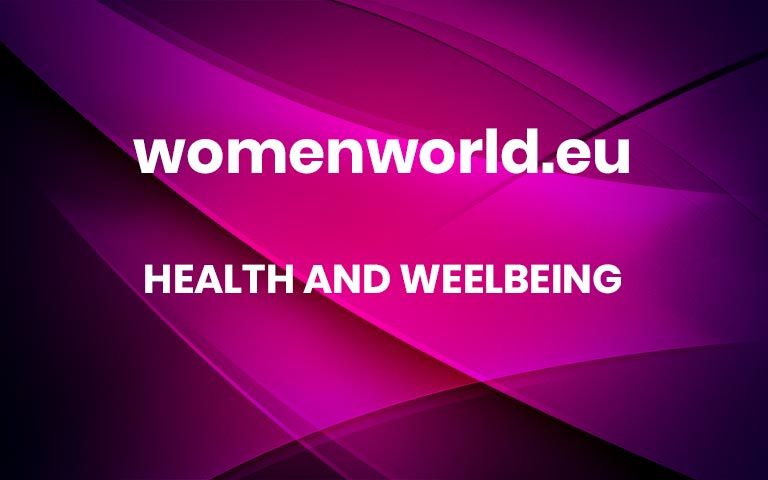Your Burning UTI Treatment Questions, Answered
First up: a bladder infection is not the only form of UTI. “Urinary tract infections (UTIs) are bacterial infections of any part of the urinary tract, which includes the bladder, ureters and kidneys,” explains urologist Dr Julius Jacobs. “However, an infection below the bladder (urethritis) is generally not classified as a UTI.” Here, what to know about UTI treatment, and answers to questions about prevention and medication.What Is The Main Cause Of A UTI?Bacteria that infects the bladder, ureters and kidneys are the cause of UTIs. And, because women have shorter urethras which allow bacteria easier access to the bladder, women are particularly prone to UTIs, explains Dr Jacobs.“Almost half of all women will experience cystitis (bladder infection) in their lifetime,” explains Dr Jacobs, “with a higher risk among those who are sexually active, use spermicides, or have a family history of UTIs.”Types of UTIsThere are generally two types of UTIs: uncomplicated and complicated.Uncomplicated UTI: This is a simple bladder infection, mostly occurring in females. Symptoms may include frequent urination, a burning sensation, bladder pain, and occasionally blood-stained or foul-smelling urine. Fever is rare with uncomplicated infections.Complicated UTI:This involves infection reaching the kidneys or ureters and may be associated with additional conditions like kidney stones, obstructions, or structural abnormalities. Symptoms may be more severe, often including fever, and require further imaging, a urine culture, and antibiotics.How To Stop Getting UTIsIf you keep getting urinary tract infections (that is, three or more infections per year, or two within six months), you may have a few habits or risk factors in play. Generally, you’re most at risk if you’re in menopause, pregnant, having penetrative sex or even at certain points in your menstrual cycle. Disappointingly, that’s any woman at any given time. What’s a girl to do? Dr Jacobs recommends:Upping your water intake – this helps flush out harmful bacteria and dilutes urine, thereby minimizing the concentration of bacteria, weakening its potential to multiply and thrive.Pee after sex – this timely flush helps get rid of any bacteria that may have entered your urethra during your session.Wipe from front to back – the reverse introduces harmful bacteria, while this removes the germs.Wear breathable undies – Great circulation of air helps prevent harmful bacteria from growing, since drier conditions represses bacterial growth.Avoid baths – baths, with their warm water and fragrant soaps, provides excellent environments for harmful bacteria to thrive.READ MORE: Is There Anything You Can Eat To Make Your Vagina Smell Good + More Sexual Health Questions AnsweredIs a UTI an STI?While sexual intercourse can introduce bacteria, it’s not considered an STI because they affect the urinary tract (bladder, urethra, kidneys) rather than sexual organs and are not contagious. STIs are also made up of bacteria or viruses and are transmitted only through sexual contact, although their symptoms can be similar to UTIs.Do You Need Antibiotics To Treat UTIs?In some cases, a low dose of preventative antibiotics for three to six months could help with recurrent UTIs, says Dr Jacobs. But other treatment works, too, like bladder instillations, hormonal therapy post-menopause, immunisations, vaginal probiotics, Methenamine Hippurate, and D-Mannose supplements.READ MORE: These Changes Mean You Might Have An STI – Here’s What They Mean (And What To Do)How To Get Rid Of A UTI FastUTI treatment involves taking antibiotics, which means you’ll need to see your doctor. In some cases, they can go away on their own, but it’s also possible that a UTI without treatment can become worse and infect kidneys and even create life-threatening sepsis.These home remedies may help for simple, uncomplicated infections, along with drinking plenty of water:Try plantsIn a large literature review of medicines, authors identified herbs and plants that studies show may be effective as UTI treatment. Among these are cranberry, cinnamon, blueberry and buchu. They all work with different levels of effectiveness but are not advised to be used alone as a UTI treatment.Take your vitaminsVitamin C, a potent antioxidant and immune-booster, has been shown to assist with UTI symptoms and reduce the infection. Taken with cranberry, it’s been shown to be synergistic, working together to manage UTIs. Other good vitamins include vitamin A and vitamin D.Use probioticsVarious probiotic strains show promise with controlling UTIs, since they are able to inhibit UTI bacterial growth, adhere to bladder walls and generally force them to leave in an orderly queue.READ MORE: How Long Does A UTI Last And Can It Go Away On Its Own? More


